Discover some amazing properties of light with our Light Spectra Activity. Make your own scientific tool to see light in a new way–and figure out components of different sources of light!
Additional Resources:
Discover some amazing properties of light with our Light Spectra Activity. Make your own scientific tool to see light in a new way–and figure out components of different sources of light!
Additional Resources:
This week’s Rockin’ Pop-Up explores the building blocks of rocks: minerals! Join Gavin and Graham for an exploration of how elements bond together to create the minerals that form various rocks.
All around us, things are constantly changing. Spring rains come and bring new flowers, baby birds are hatching from eggs, and new green leaves emerge on trees. Can you think of some ways you have observed changes in nature?
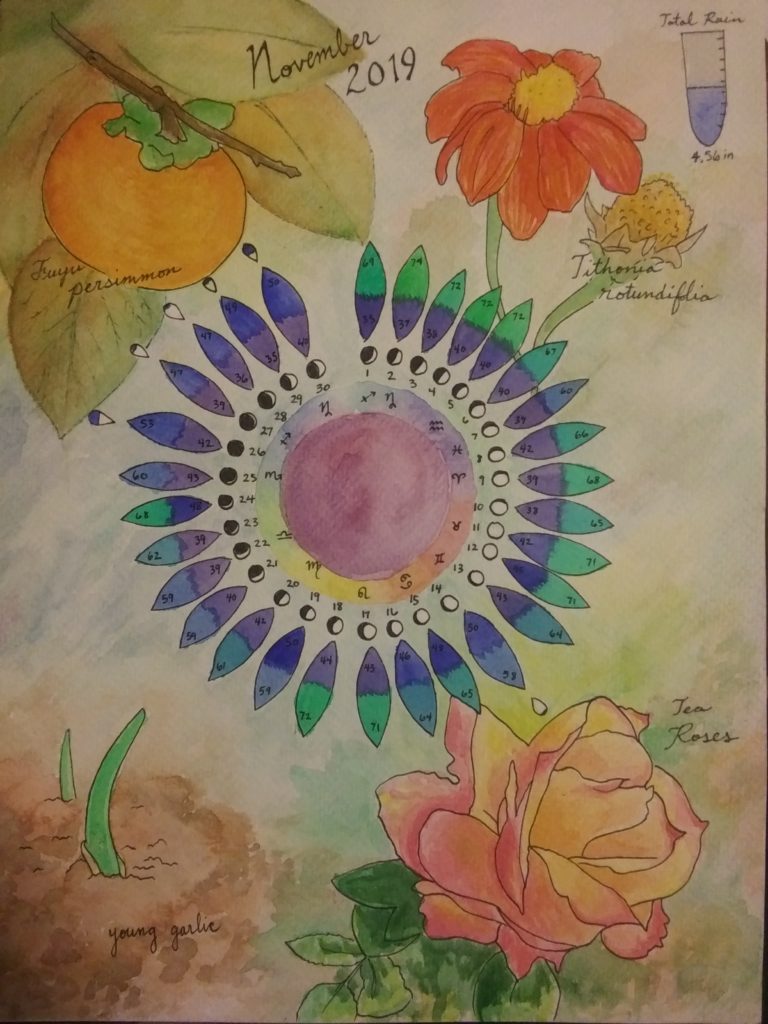
Here are some prompts to help inspire you to create your own wheel! Check out the detailed guide below for even more ideas.
Watch our Phenology Wheel Video.
Post by Ellen
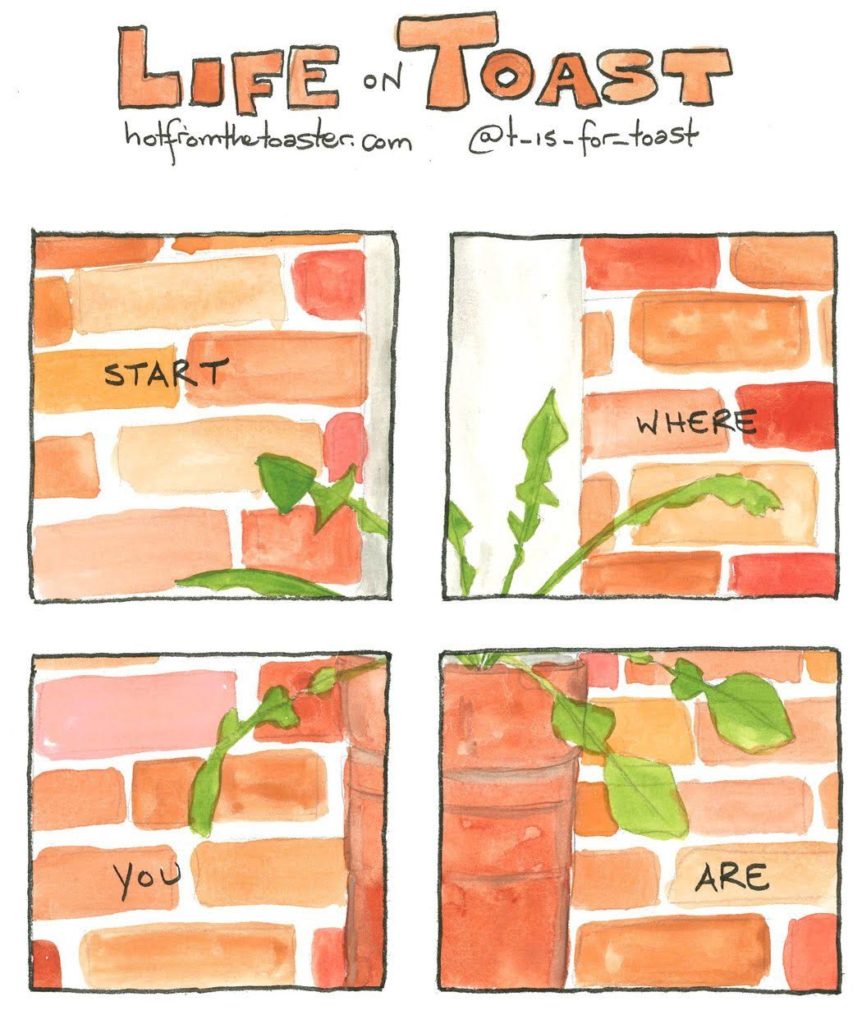
These pieces are a part of Life on Toast — a window into how I view the world. Essentially a one-panel comic, it is delineated into four frames. I had been enjoying other webcomics on Instagram and my favorites would show one panel at a time, with the fifth image being the whole comic. I designed Life on Toast for this medium. It followed from observations and doodles in my sketchbook, many with puns added but also bringing in elements of the scientific illustration work I’ve done and daily encouragements. Unlike other webcomics, I wanted mine to be hand-drawn and hand-painted, yet shared electronically. Little did I know how important this would become once shelter-in-place was established. On many days, this tiny window is my only contact with the world.
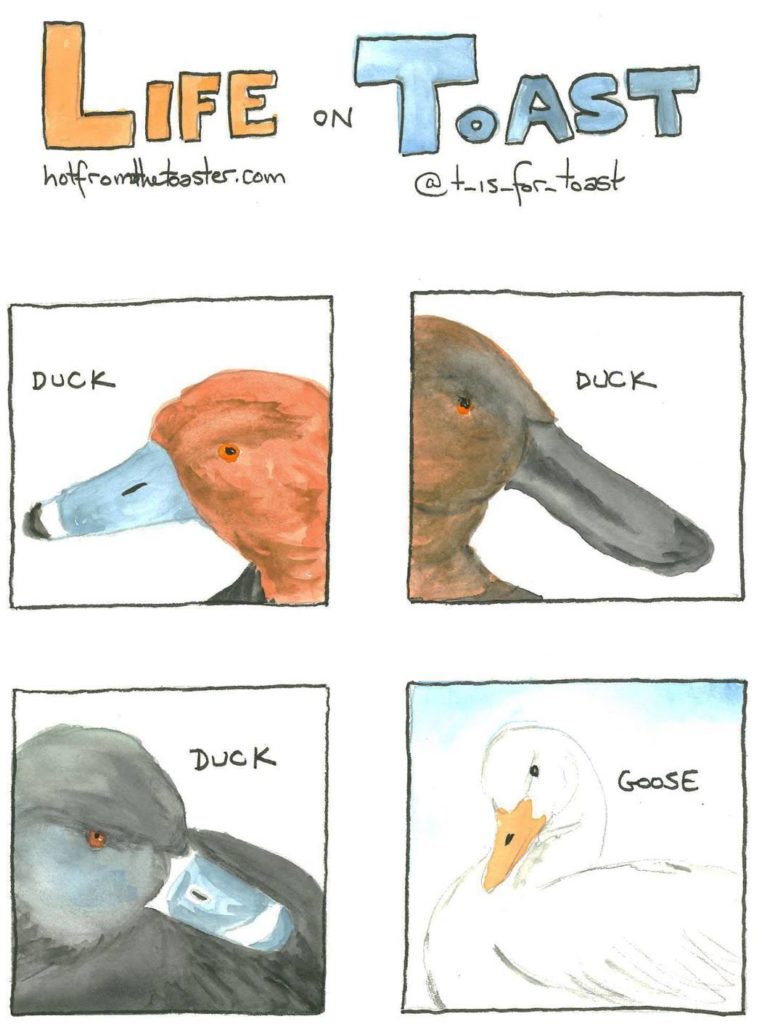
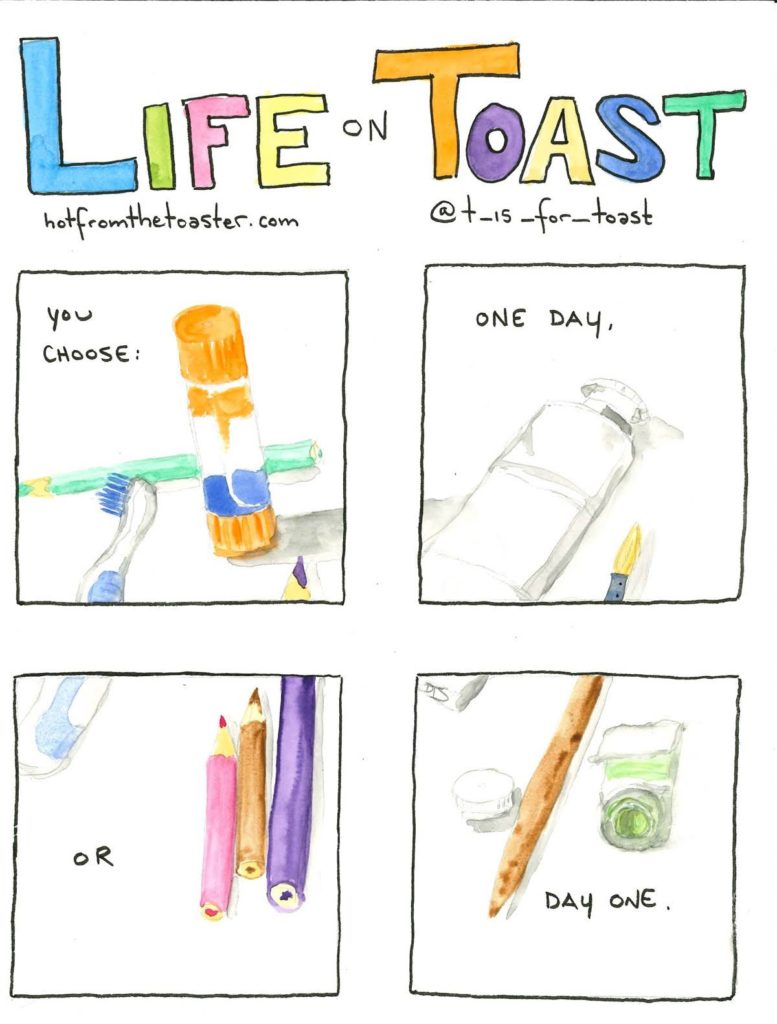
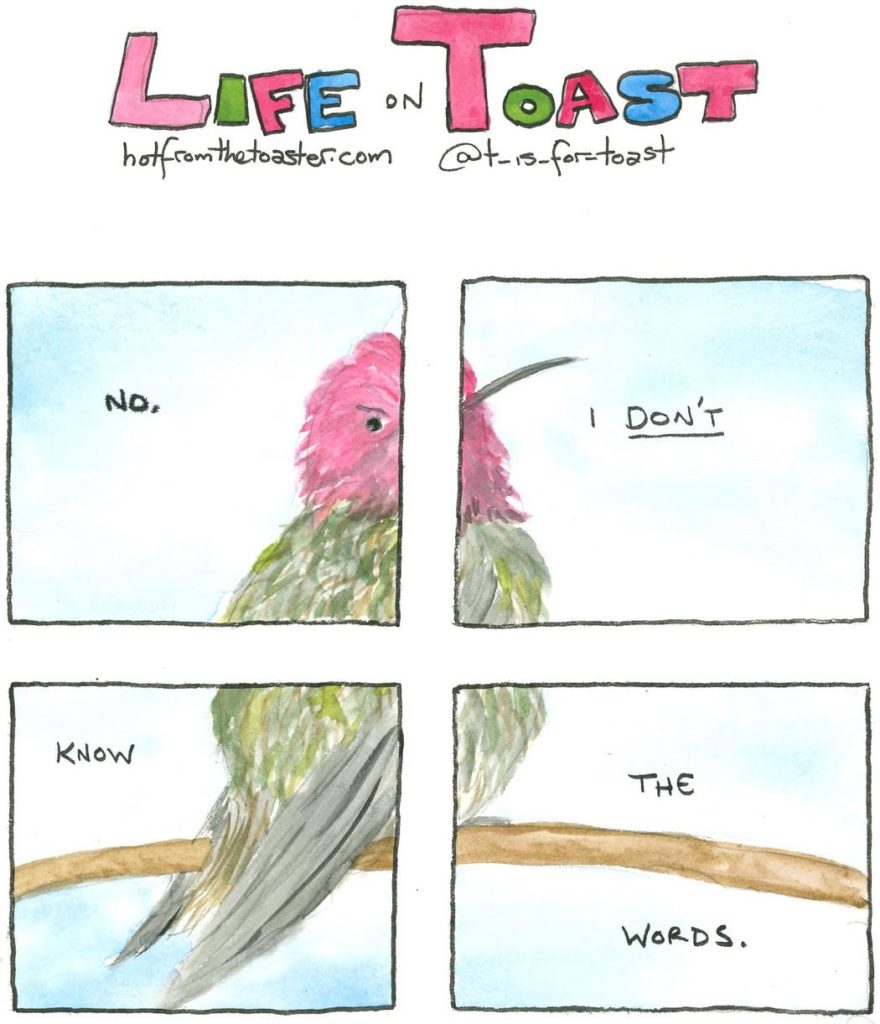
For years I have taken photos — many of them blurry or cluttered — as a way of keeping track of nature I see on hikes and dog walks, or the growth in my garden, when my sketchbook is out of reach. I use these reference photos later as part of Life on Toast and other art, like the piece I have in this year’s The Art of Nature exhibit. I draw the items I have collected over the years and keep around my house — rocks, bones, paint tubes — the detritus of my life as inspiration. Art can be made anywhere out of the things you see in the world around you. Take a look inside my electronic window and share my Life on Toast.
Diane T Sands describes herself as “illustrator, librarian, writer, nerd.” Explore her website and the virtual exhibit, The Art of Nature, featuring her piece Common Buckeye (Junonia coenia).
Week two of our virtual Rockin’ Pop-Up is all about the tools of the trade! We’re thinking about the questions you must ask of the rocks that you find and the tools you will need to answer those questions.
This live program was held on May 4, 2020 and features a presentation from Christian Schwarz in conversation with Marisa Gomez, Public Programs Manager.
The world is changing rapidly — and not just in the way we’re all currently experiencing! Citizen science or community science is an immensely popular model of engaging the natural world, and can be done even while physically distancing.
Using mushrooms and the community of people who admire them as lenses to focus our discussion, we’ll talk about where we’ve come from with traditional science and where community science is taking us.
The Geology Gents get us started with an introduction to rock types and an overview of rock formations in Santa Cruz.
In honor of the halfway point between the start of spring and the start of summer, make an ecologically conscious flower crown.
Post by Marisa
It has been over a month since the Museum closed for public safety, and the world is full of changes.
For many of us, this means reconfiguring our sense of community in a world of physical distancing and protective barriers. Although it is hard, community is about more than shared physical presence. Among other things, it is also about identity, common values, and a sense of history. For this month’s collections close-up, we invite you to take a closer look into one such history – that of the museum itself.
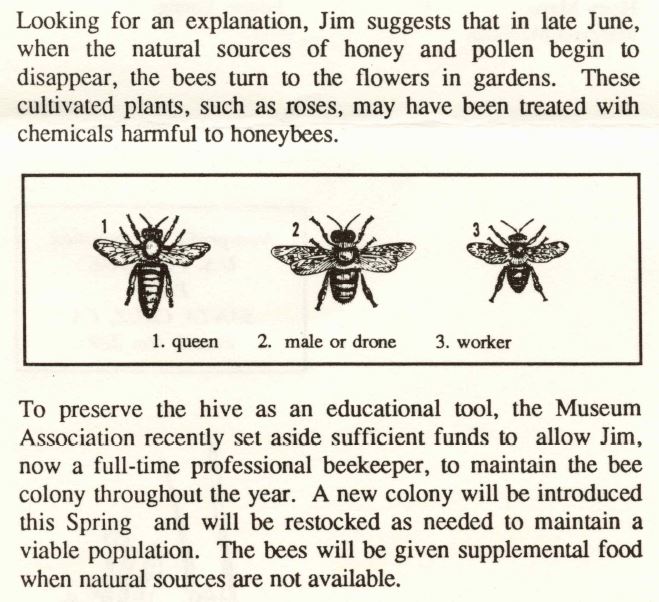
Building on last month’s Close-Up, our commitment to digitization doesn’t stop with our specimens. The story of keeping those things safe and making them accessible is as much about the keepers as it is about the objects themselves. We maintain an archive of documents, flyers, posters, pictures, receipts and records related to the history and happenings of the Museum and its keepers. This includes the forerunner of today’s email: newsletters.
These physical, mailer-style newsletters, spanning decades from the seventies to the late aughts, paint a vivid portrait of daily life at the museum. There are postings for classes and lectures, announcements for exhibits and fundraisers, listings for volunteer activities and kids camps. And, perhaps most exciting to those of us of a collecting mind, recurring lists of specimens and objects accessioned by the museum in a given month.
Visitor Services Representative Mary Verutti is the Collections Department’s guest star on this project. She is charting a path through the past by investigating the articles and advertisements for details that will resolve inconsistencies and span gaps of knowledge about both the Collections and the Museum itself.
Mary is a big fan of history, and the newsletters don’t disappoint – she feels as if all the when, where, how and why of our Museum are in these pages. As our most veteran employee, she’d be the one to know! They even give glimpses into stories of other local institutions like Santa Cruz Surf Museum, where Mary also works. She especially enjoyed seeing continuities, like the establishment of our docent program, and evolutions, like the transition of our Illustrating Nature exhibit series into today’s Art of Nature.
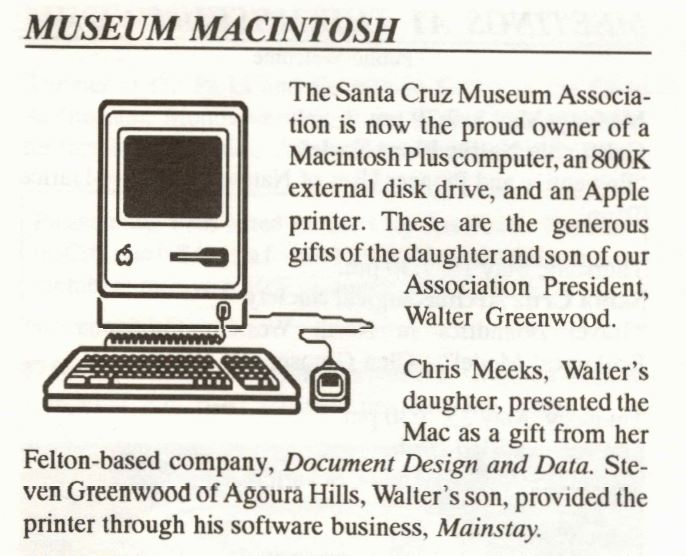
Name changes like this one can be a confusing part of reading primary documents, as Mary points out. In exploring these pages, one encounters a variety of names including the Seabright Museum, Carnegie Museum, City Museum, Whale Museum, Crafts House, Main Library Museum, Tyrell House – all used to describe our institution and collections in some form. Tracking name changes like this is not so different from keeping up to date on the changes in the scientific names of specimens – both tasks are an important part of maintaining good records.
These newsletters also attest to broader challenges in the Museum’s history, including difficult economic times. Mary speaks for all us when she says that the Museum community’s response to challenges never ceases to amaze her.
While we work to make all existing newsletter issues available online, we are providing a sneak peek here at some of the newsletters Mary is currently working on. In the spirit of International Museum Day (May 18th), find your favorite and share it with someone who, like Mary, finds the Museum to be an “easy place for a heart to land.” For a more narrative take on our history, check out Frank Perry’s history lecture or explore other posts here in the Collections Close-Up blog.
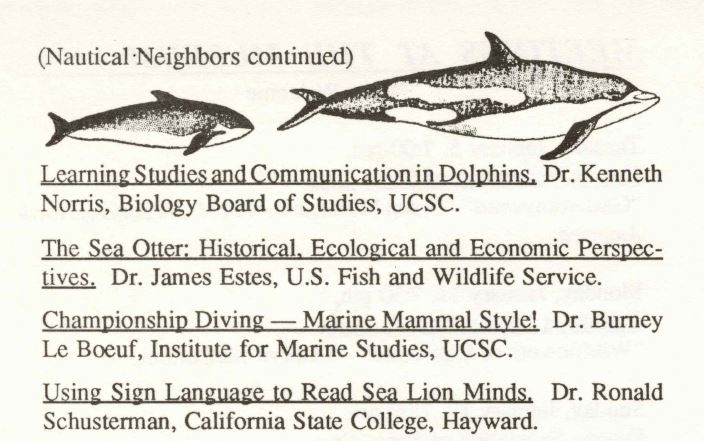
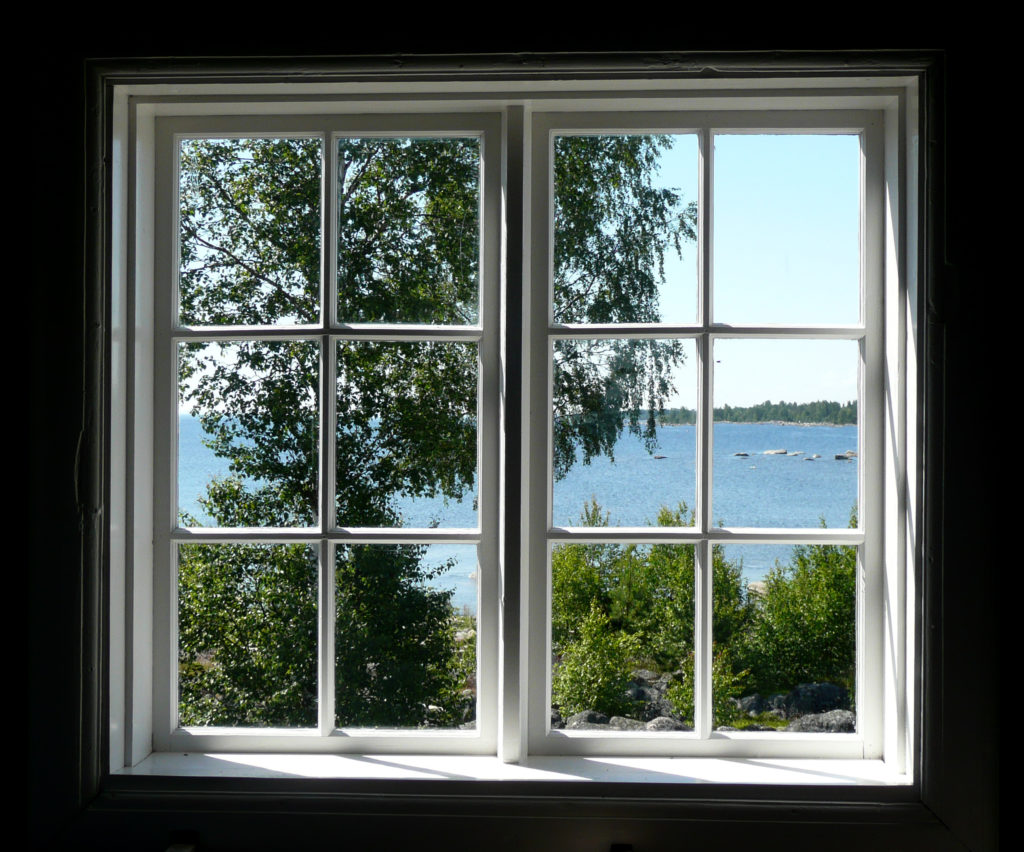
Spending time outside can help you feel connected to nature, but there are ways to connect to nature without leaving your house. Find a comfy spot to sit near a window and take 20 minutes to gaze out at the world. What will you notice during this time?
Capture a moment in time out your window through writing, questioning, and drawing. For further instructions, follow along with the activity guide.
Explore these other posts about journaling:
Post by: Elise